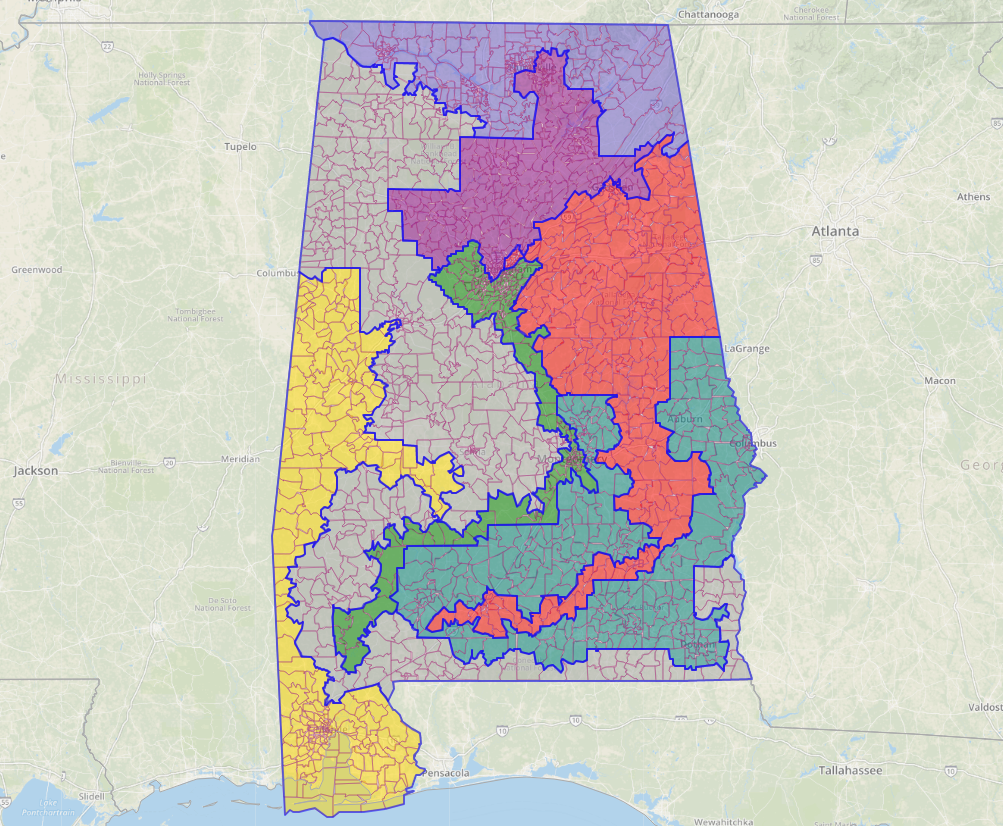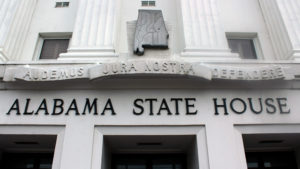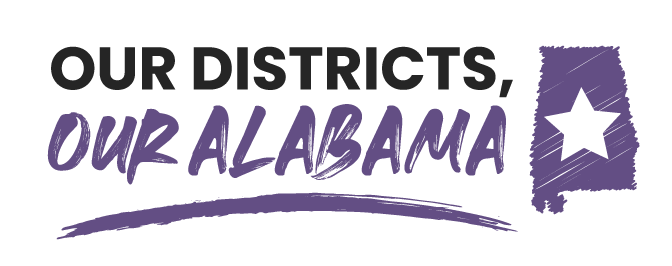Redistricting is the process of redrawing the boundaries of legislative districts. This happens every ten years along with the U.S Census. Redistricting is supposed to reflect population changes and ensure that everyone receives fair representation.
With a few exceptions, U.S. citizens over 18 years old can exercise their right to vote in local, state, and federal elections. Ideally, elections should represent the will of the people. However, a commonly used tactic, “Gerrymandering,” is when politicians draw districts to give themselves or their party an unfair advantage.
What Is a District?
If you live in the U.S., you live in a ‘district.’ A district is a portion of the territory of a country or state. Congressional districts divide regions of a state in an attempt to equally represent the people. Several factors, including population, are considered during the drawing of district lines, which are later approved by state legislators.
The U.S. Census provides information for both the public and politicians to guide us in the redistricting process. The Census measures how population shifts throughout the country. When this data is collected, states are required to redraw their congressional district maps, “redistricting,” to ensure that the districts accurately represent the population.
How Does This Impact Fair Representation?
The way district lines are drawn affects how politicians represent our interests. When those lines are drawn to represent communities accurately, we have a greater ability to elect candidates of our choice and hold politicians accountable. It affects everything from the legislation passed in our communities to where our tax dollars go.
When politicians draw voting maps that benefit themselves, we no longer have the same power to dictate what issues are addressed in our community. We need to change the rules and create a fair system where voters choose the politicians instead of politicians choosing their voters.
AEPN’s Redistricting Initiative
With help from our grassroots partners, we are organizing a Redistricting Program to prioritize public education, outreach, and organizing within historically under-represented and under-resourced communities who have the least access to the vote and to political power.
Our primary objective is to educate and engage the following targeted communities by:
- Empowering smaller organizations to engage their constituencies in the redistricting process.
- Providing education on the redistricting process for all Alabamians, including communities in rural areas and those who have less access to resources.
Ready to be a part of the change? Click here to learn how.











